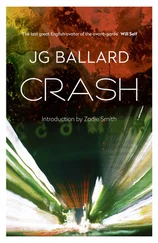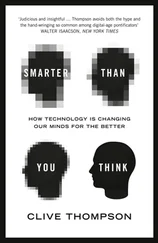Twelve – AT THE MULTIPLEX, 2006
For a single season I reviewed movies. Each week the section editor gave me a couple of the mainstream releases to choose from. Occasionally, if there was space, I got to squeeze in a second title. No fancy stuff, no art movies, no foreign films and only one documentary. I wish this explained some of the enthusiasms recorded below but I don’t think it does. All I can say in my defense is if you’ve ever seen Date Movie, V for Vendetta starts to look like a masterpiece.
The opening scenes of Rob Marshall’s Memoirs of a Geisha are washed in a gray blue light, the same light that is to be found in Million Dollar Baby, Mystic River and the city shots of Marshall’s own Chicago . Back in the 1970s, Oscar hopefuls had a yellowy glow to their film stock; now the color of Oscar is mineral blue. Serendipitously, this is the exact same shade as the unusual eyes of our hero, young Chiyo (Suzuka Ohgo), a nine-year-old Japanese girl from a poor fishing village. Chiyo’s mother is dying. In Japan, all is tumult: it is raining, the sea is crashing, the camera wobbles. A strange man arrives. Chiyo’s father is crying. He weeps for Chiyo and her elder sister, both of whom he has decided to sell to the strange man. He weeps for the 150 pages of the original novel now crowbarred into this four-minute sequence. A panpipe plays its melancholy tune of longing. This pipe was also in Titanic .
Soon, sooner than anyone could imagine, the girls are dropped off at an okiya , a house of repute (depending on whom you ask) where girls are taught to be geisha. The owners, Mother (Kaori Momoi) and Auntie (Tsai Chin), examine the sisters. One girl has lovely gray blue eyes. She can stay. The other does not. She must go and become a common prostitute on the other side of town. Chiyo, who is to become an uncommon prostitute, is therefore the fortunate one, and is shown her brand-new world by fellow trainee Pumpkin (Zoe Weizenbaum), as they climb up onto the roof and look out across miles of handsome gray blue CGI rooftops. These rooftops were also in Crouching Tiger, Hidden Dragon.
In a musical, the form in which Rob Marshall, originally a choreographer, was trained, this would be the moment for a song. But there’s no time: five hundred pages of plot remain. So: downstairs in the okiya lurks the evil Hatsumomo (Gong Li), a violent, imperious, gorgeous young harridan who is here to make Chiyo’s life hell. She teaches our heroine an important lesson: old geisha, like Mother, are Japanese. Young geisha, like Hatsumomo, are Chinese and do not look like geisha but rather like willowy Vivienne Westwood models.
To escape the wrath of Hatsumomo, Chiyo wanders into the first of many ravishing street scenes, staged with all the indoor artifice of a Vincente Min nelli production. On a bridge, she comes across a dashing man in his forties called Chairman (Ken Watanabe). He is Japanese, as all men are. The nine-year-old Chiyo conceives a passion for Chairman that will outlast the film itself. Why she feels this way is unclear. Perhaps it is because he buys her an ice cone. She is decided: one day she will become a geisha so that she might be bought by the Chairman himself (thus becoming, in the coy terminology, her danna ) and they can be together forever.
Sadly, things are not so easy: being Japanese, it is Chiyo’s fate to be a maid. Only after a number of vicious beatings at the hands of Hatsumomo does Chiyo finally get the message and grow up to be a bewitching Chinese actress (Ziyi Zhang). She is also in Crouching Tiger . Chiyo’s name is changed to Sayuri and she is taken under the wing of a successful geisha from another okiya called Mameha (Michelle Yeoh), who is neither Chinese nor Japanese but rather Malaysian. She is also in Crouching Tiger .
There has been a hoo-ha in Japan regarding the racial origins of these three geisha, much of which seemed to me a case of oversensitivity, until I found lurking within me the conviction that I, as an Englishwoman, can tell the difference between an Irishman and a Welshman at forty paces. I see how it must be galling, if you are Japanese, to look at three long-faced, high-cheekboned, patently not Japanese women and be told that they are Japanese. Although the Chinese, too, have cause for complaint: Ziyi Zhang, to Western eyes, is only slightly Chinese in the way that Lena Horne was slightly black.
This is no fault of the actress herself, whose comeliness is as self-evident and insistent as the wafting cherry blossom and the orange lanterns floating on pellucid water, the sumptuous silk of the kimono and the trimmed perfection of the formal gardens-all of which we are repeatedly encouraged to appreciate until you begin to feel that if something ugly does not appear on-screen soon you might go quite out of your mind. Japanese sliding screens neatly reveal the various beauties, opening on one action and closing on another as formally as the red velvet curtains in a musical revue. But inauthenticity of this kind, so well placed in Chicago, is all to naught here. Without songs, without pleasure, without humor, all the artifice in the world goes to waste.
At times the film suffers from a lack of sufficient artifice: there is more white powder in Dangerous Liaisons than there is here, with each actress apparently following her own personal taste in the matter of geisha stylings. You can imagine the debate on set (“Oh, Rob… do we have to…?”). Ziyi Zhang is a good sport- ish ; she’ll wear quite a bit of white paint but won’t black her eyebrows; Gong Li will wear a little, but she’s not having her hair in that ludicrous bouffant; Michelle Yeoh eschews the entire conceit and goes about in much the same makeup she wore for The World is Not Enough . Yet the merest Google search reveals that real geisha are square-jawed, ghost-faced, stocky women swathed in shapeless fabric and wearing six-inch clogs. In Geisha only the clogs remain. The kimono is nipped in at the waist and hugs the abdomen, the mad bud lip is gone, the big hair has been made small. Everything that makes geisha truly alien (and alienating) has been removed.
The plot pushes on: war arrives. The gray blue is back, and so is the wobbly camera. The okiya closes and we find Sayuri reduced to dyeing kimonos in a village far, far away that still does not look like Japan. An old client arrives. He wants to help her recreate the geisha glory days. An American general is in town who wants entertaining. They hatch a plan: “We’ll show the Americans just how hospitable we can be!” As a battle cry this lacks something, even as a substitute for “We’ll put the show on right here!” But so begins that convention beloved of the movies, especially movie musicals: the comeback. The plot turns one part 42nd Street to three parts Lethal Weapon , except this time the lethal weapon is a kimono. Mameha is dug up; she’s running a guesthouse and wants no part of it. She left all that behind, long ago. She’s given away all her kimonos. All except one…
In the end, it is poor plotting and not cultural inauthenticity that is the true problem here. Authenticity is not everything in cinema. (Who cared about the authenticity of culture and locale in Yentl ? In Meet Me in St. Louis ?) Memoirs of a Geisha hurts the heart and the brain with its crushing monotony, inert, subhuman dialogue (made more ridiculous by being spoken in English with a faux Japanese accent) and Marshall’s calculated attempt to sell us another Hollywood fairy tale of prostitution. This tale was also in Pretty Woman .
Читать дальше
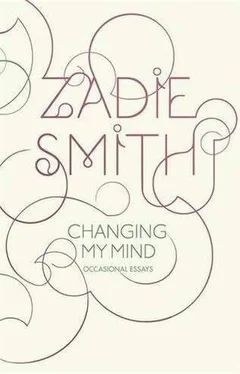
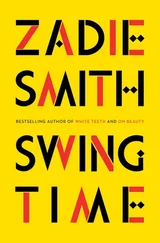

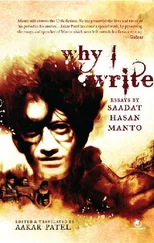
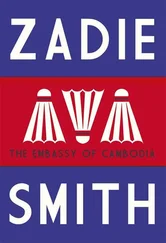
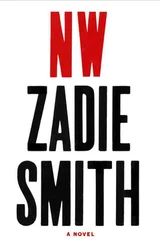

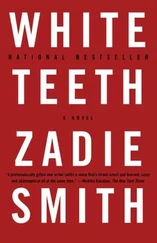
![Джон Харгрейв - Mind Hacking [How to Change Your Mind for Good in 21 Days]](/books/404192/dzhon-hargrejv-mind-hacking-how-to-change-your-min-thumb.webp)

